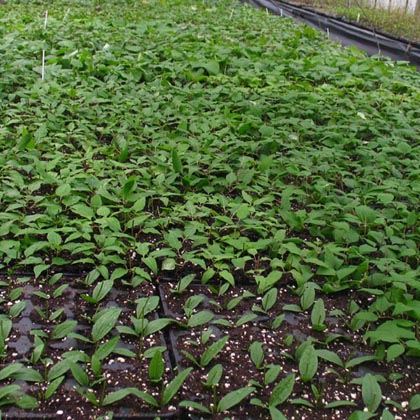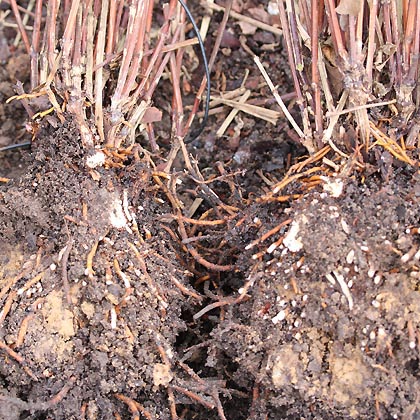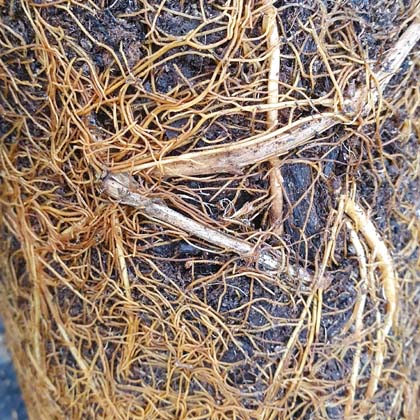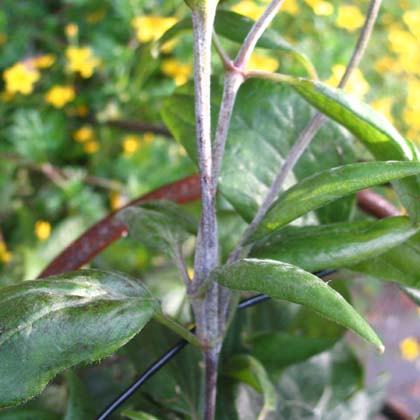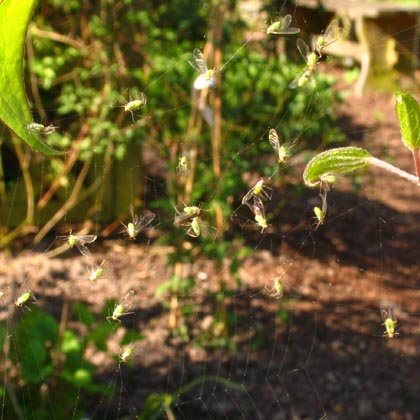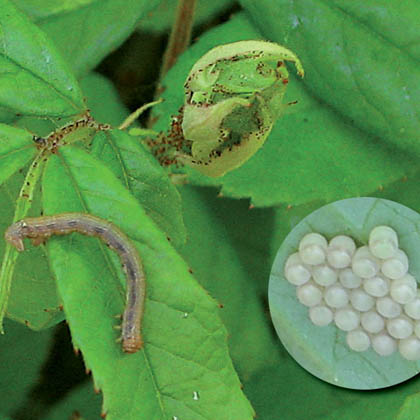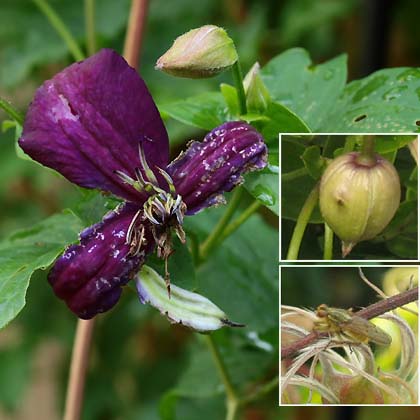
The basics of planting clematis so that you can enjoy them for a long time. Clematis can be planted all year round as long as the ground is not completely frozen.
The best time to plant clematis in the garden is August to October. This is directly related to the annual rhythm, root formation and soil temperature.
The soil temperature plays a decisive role here, as does the appropriate soil moisture, which goes without saying!
This planting date is considered optimal not only for clematis, but also for many other plants.

In contrast to air temperatures, soil temperatures fall only slowly in the fall. A certain amount of heat from the summer months is still “stored” in deeper layers of soil. We take advantage of this for the fall planting. At a depth of 20-30 cm (trench depth), the soil temperature is still above 10°. In such conditions, the plants will still form new roots and your clematis will grow shortly.
When planting, the planting hole should be one spadeful in size and depth. Do not forget to water after planting! Do not water in or trample down! Lightly pressing down is sufficient. The soil must be rich in humus, loose and well-drained! At the same time, it must be able to store moisture. If your garden soil does not provide this, you should take measures to improve the soil. There are numerous soil improvers available from specialist retailers. The following products are available: Various rock powders, compost, lava stones, pumice, bark products, wood fibers, coconut fibers, rice husks, expanded clay and much more. Peat-free substrates are also available and are on the increase! In recent years, potting soils and substrates with mycorrhizal fungi, Bacillus subtilis and Trichoderma harzianum have also increased significantly. These substrates with microorganisms support root formation and prevent the spread of harmful fungi in the soil! We have been supplying our clematis with these microorganisms for several years now.
Planting depth
Clematis hybrids, Clematis viticella, Clematis texensis and Clematis perennial forms should be planted deep enough so that one or two pairs of eyes are included in the soil, which is about 5-7 cm deeper than they were previously cultivated in a pot. Clematis alpina, Clematis montana and Clematis orientalis are planted a little higher. This is helpful so that they do not suffer badly from moisture!


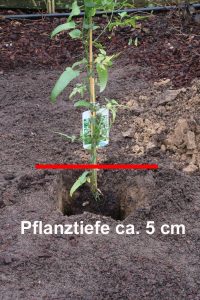
The planting distance
Planting on walls or fences. The distance from plant to plant is approx. 1/3 of the growth height, which in many cases is 0.80 – 1.20 m. The distance to the wall plays a subordinate role and can be approx. 20-30 cm. A distance of 30-40 cm from other plants, such as climbing roses, is sufficient. You can plant 2-3 clematis together directly on pergola posts and obelisks. The prerequisite here is light from all sides.

Finally, the planting site is ideally covered with bark mulch. It is important preferably use sterile mulch material made from pine or pine bark instead of using mulch from hardwood or mixed forest!
Pine bark lasts for many years and is preserved by the tree resin content.
Planting in containers

You can also plant clematis in tubs and containers all year round. The potting soils and substrates should also meet the same criteria as those to be used for outdoor planting. A coarse structure and good water drainage are important. Most clematis can remain in the same container for several years. The larger and deeper the container, the longer the clematis can stay in it. The minimum volume is 10 to 12 liters of soil per plant per year. The dwarf varieties with the longest possible flowering periods or perennial clematis are best suited. Strong-growing varieties are less suitable. The container should contain at least 20 liters of soil. The bigger, the better. Depending on the characteristics of the variety, you should also use a climbing option for the clematis.

Overwintering clematis in containers. Most clematis can manage without additional winter protection, while some other clematis varieties require winter protection. This is the case with the florida and cirrhosa varieties, for example. It is often sufficient to place the container with the clematis in a frost-tempered place or to protect the pot with a fleece before heavy frost sets in. In addition, watering over winter is hardly necessary. The substrate is often frozen dry after long periods of frost. Therefore, a little water is added again after thawing.




